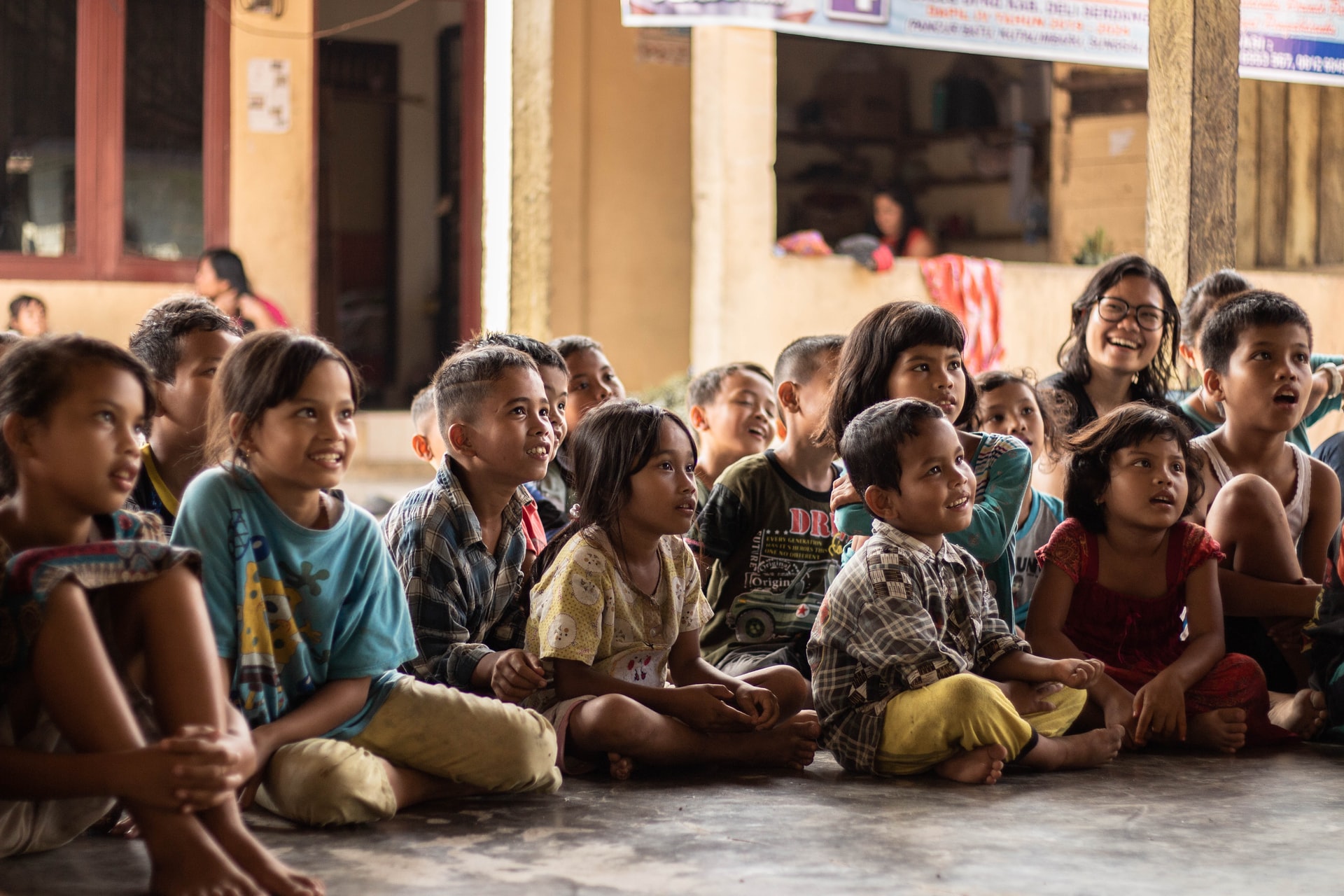In the time of Swiggy, Zomato and numerous fast-food chains across the world, traditional food habits are turning extinct. We are going to discuss those forgotten nutritious foods in India – important to improve immunity & other health benefits.
Many biomedical researches approved that amidst the outbreak of COVID-19 across the globe; infection of Novel Coronavirus among Indians is less virulent due to their good immunity.
Traditional Yoga techniques, proper food habits, different spices in the traditional Indian kitchen and Ayurvedic understanding of different flora are important aspects of a good immune system among Indians.
The food items which we are going to discuss were: –
- Approachable for everyone
- Need no strenuous extra efforts to make them edible
- Available in abundance.
FORGOTTEN NUTRITIOUS FOOD
Fruit of ‘Azadirachta indica’
[Neem]
This is the most respected plant in India for its valuable medicinal properties. People used to eat its fruits, flowers, leaves and sap for various medicinal benefits. We are going to discuss its fruits i.e. NEEMBOLI [local term in Hindi].
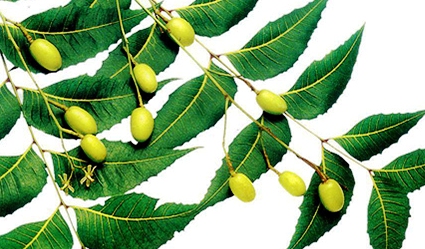
Fruits can be eaten raw or in the cooked form. It tastes slightly bitter & sweet sometimes. Fruit is elongated in shape with yellowish inner pulp. It was eaten for: –
a. Haemorrhoid
b. Intestinal worms
c. Urinary tract disorders
d. Bloody nose
e. Phlegm
f. Eye disorder
g. Diabetes
h. Wounds
i. Leprosy
Azadirachta indica is a common tree in almost every state of India. Often children were seen taking rest under the cool shade of this tree. Eating the fruit of this tree is also very common among children. The tree which is close to the residential area of any place, anyone can see plenty of naked seeds on the ground there; left as a residue by children after eating the inner pulp of Neemboli.
These scenes have become memories of the past in the country now.
Various forms of Cicer Arietinum
It is also called as Chickpea; a high protein food diet and earliest cultivated legume in the history of mankind. This is a common vegetarian diet in India. This plant requires less water for its cultivation hence it is a common harvest near the Rajasthan state of India.
But do you know?
It was eaten in various forms which are now forgotten.
Unripe seed of Cicer Arietinum
[TAT]
This plant is cultivated in temperate regions and its seeds have great nutritious value. A short time after germination, it grows fast. Pods having 3-4 seeds usually green in color have high fiber and protein content. This is called TAT in many northern states of India.
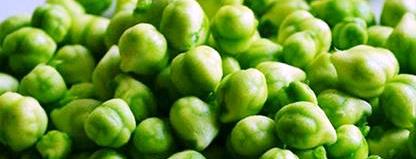
These chickpea seeds were eaten afresh as green vegetables. Due to its fiber and protein value, it was eaten in abundance by the people. These green seeds were crushed and spices were added into it; Chutney was formed. People never care to cook additional vegetables if that chutney is available.
Roasted Cicer Arietinum
[Hole]
In Northern India, Intense hot waves severely affect people from April to Mid-July. In this time, people used to prefer chickpea to counter intense hot waves. When the harvest was ready, its pods were kept in abundance after roasting to use as food.
In old times, these roasted chickpea pods were kept in the utensil made of earthen pot [Matka in local language]. In the afternoon, seeds were taken out from the pods, mixed with jaggery [GUR in local language] and then eaten by people. It not only counters the intense hot waves but also improves body resistance to tolerate heat.
Roasted Cicer Arietinum
[Bhugde or Roasted Gram]
Chickpea flour was mixed with wheat flour [Aata in local language] to improve the quality and taste of Chapatti [Roti in local language]. Hence almost every home has plenty of chickpeas reserved all the time. They also used chickpea as another roasted form of this quality food grain i.e. BHUGDE or Roasted Gram.
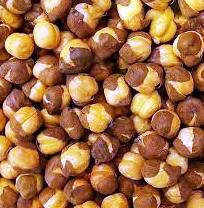
In rural parts of this country, every village has a certain place used commercially to roast the chickpea. They roast chickpea by using hot sand: this improves the quality of roasting and taste of the roasted gram.
The roasted gram was called as almond for the poor. It has the number of health benefits like: –
- An abundance of carbohydrates, protein, calcium, iron and Vitamin; it is good for masculine power.
- It reduces obesity.
- Roasted gram absorbs excess glucose in the body hence counter diabetes.
- Roasted gram has phosphorus which increases the level of hemoglobin in the body.
In old times, people have an intense tendency to eat sugar. Some people can eat more than 2 KG of sweet cakes [BARFI or LADOO] at one instance and they have not shown any sign of diabetes in their entire life. The reason was chickpea.
Fruit of Salvadora persica
[PEEL]
This plant is common in dry & arid regions of India. This plant was found in abundance but now its count is continuously declining. There must be a great concern to save this medicinal plant.
This plant is useful to produce anti-plaque, analgesic, anticonvulsant, antibacterial, anti-mycotic, cytotoxic, and anti-fertility, deobstruent, carminative, diuretic, astringent, and also used in biliousness, and rheumatism.
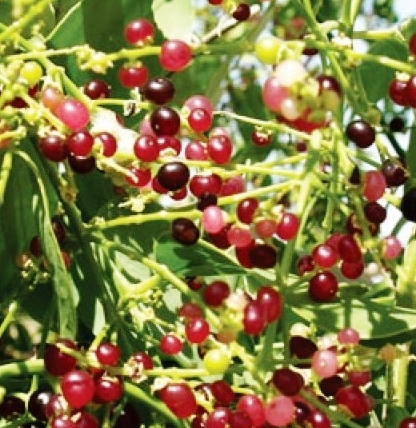
Its fruit is commonly called PEEL in the local language. These fruits are slight Pinkish Red and widely edible. It tastes sweet. Like the fruit of Azadirachta indica, it was a favorite food item for people.
Usually in April or May, people used to eat PEEL to counter intense heat waves in the region. Apart from this advantage, this fruit possesses deobstruent [Remove obstruction for proper fluid circulation in the body], carminative [Help to remove flatulence], diuretic, lithontriptic [Good to destroy or dissolve the stone in kidney or bladder], and stomachic properties [Promote appetite].
Various forms of Capparis decidua [Kareel or Kair]
This plant is grown in the dry and arid region of northern India. This is a unique plant with almost all parts that have several medicinal properties. It is eaten raw, cooked or in the pickled form.
Berries of Capparis decidua
[Teent]
Berries of Capparis decidua are also called as unripe fruit. These unripe fruits were used as a major dietary food item by the majority of people due to its exceptional nutritional and medicinal properties.
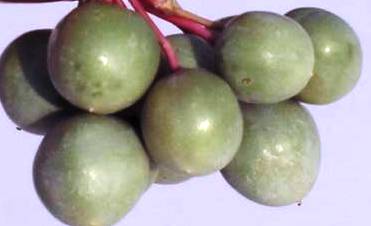
These berries are green in color and widely used in the form of pickle. It was helpful for many of the reasons: –
- It helps to expel parasitic worms & other intestinal parasites from the body.
- It increases the bowel movement in the body hence it was very useful in the treatment of constipation.
- It is useful to treat hysteria and psychological problem.
When people consumed berries in various forms – they ensured good bowel movements without any stomach ailments. It is an established research that major problem in human body arises due to stomach.
Ripe Fruit of Capparis decidua
[PINJU]
After ripening, the color of the fruit becomes scarlet red. It is very tasty and widely eaten by people for its nutritional values.
- It has approx. 15-18% of protein.
- It contains phosphorus, beta carotene, iron and zinc in a good amount.
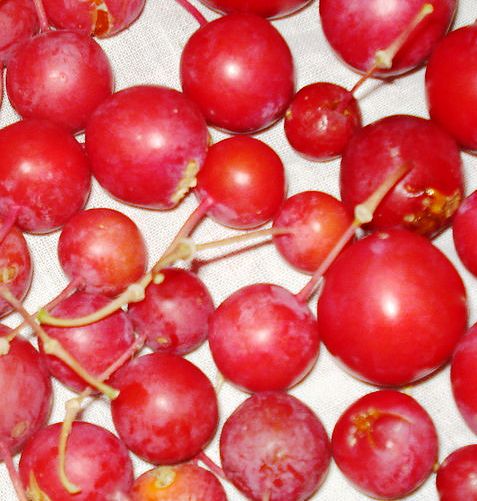
In the arid and hot areas of north India relied on such plants and their products. Today people are taking an alternative to get nutritional elements ignoring organic ways of taking nutrition.
Cucumis callosus
[Kachari]
Kachari is also called as tomato for the poor. Tomato is used in the cooking for taste, gravy and slight bitterness; Kachari does the same. It is cheap, produces in abundance and it can be eaten raw or in cooked vegetables.
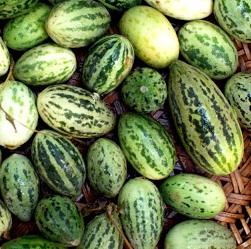
This is the one food item that has intense qualities to boost immunity in the human body. Cucumis callosus has less pulp & number of seeds; all are edible. It has good antioxidants content and seeds have excellent protein content.
It was eaten in the form of chutney also. In summer, people used to dry them under the sun. In winter times, Cucumis callosus was put into vegetables while cooking; it not only enhances taste but also improves the digestive capabilities of the cooked vegetable.
Cucumis callosus has a considerable amount of fat (13%) and good protein content (18%). In the sandy area of Southern Haryana and Rajasthan, people still use Cucumis callosus as a routine food but it is now turning a forgotten food item in other parts of northern India.
Every individual wants to live a healthy life. Food is essential to enhance body resistance against infection hence selection of food is also important. People should take a look at his meal, it is important now…….
Thanks to Mrs. Darshana for her valuable inputs to write this article…..




